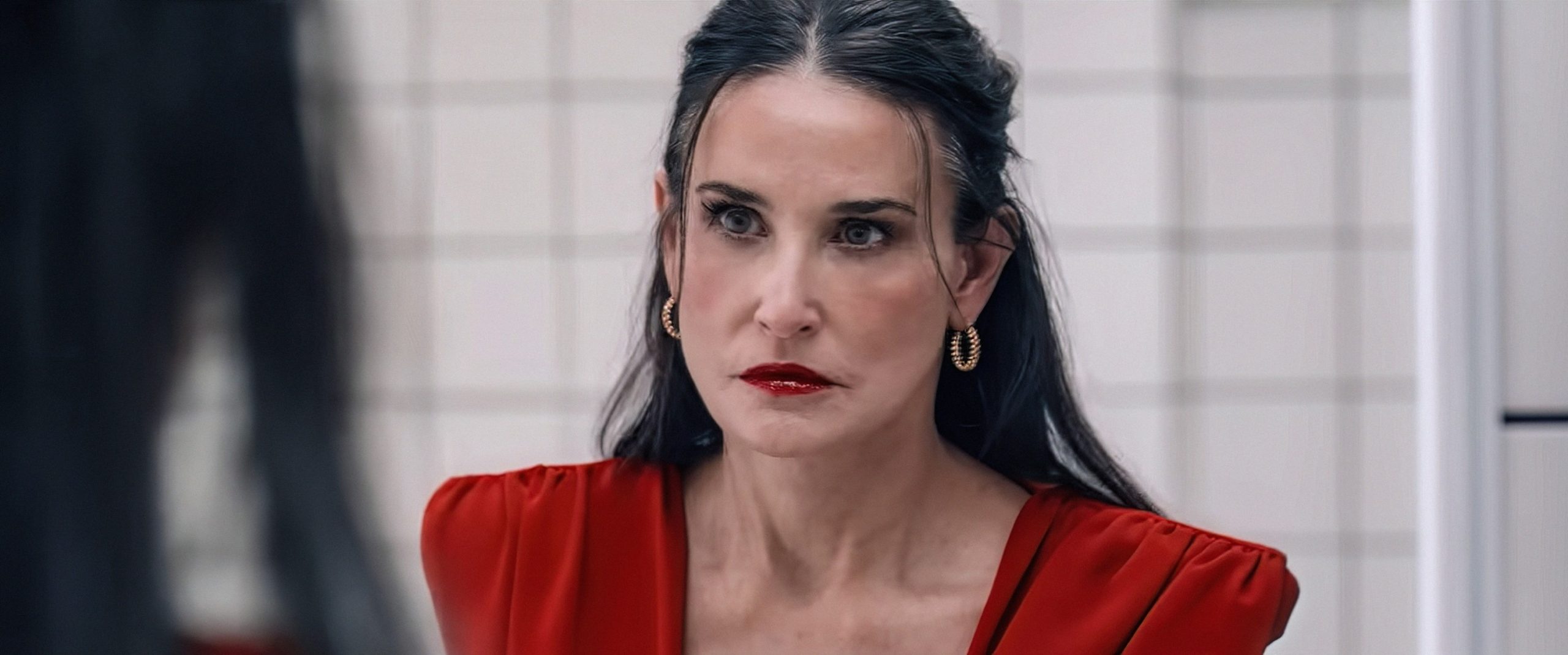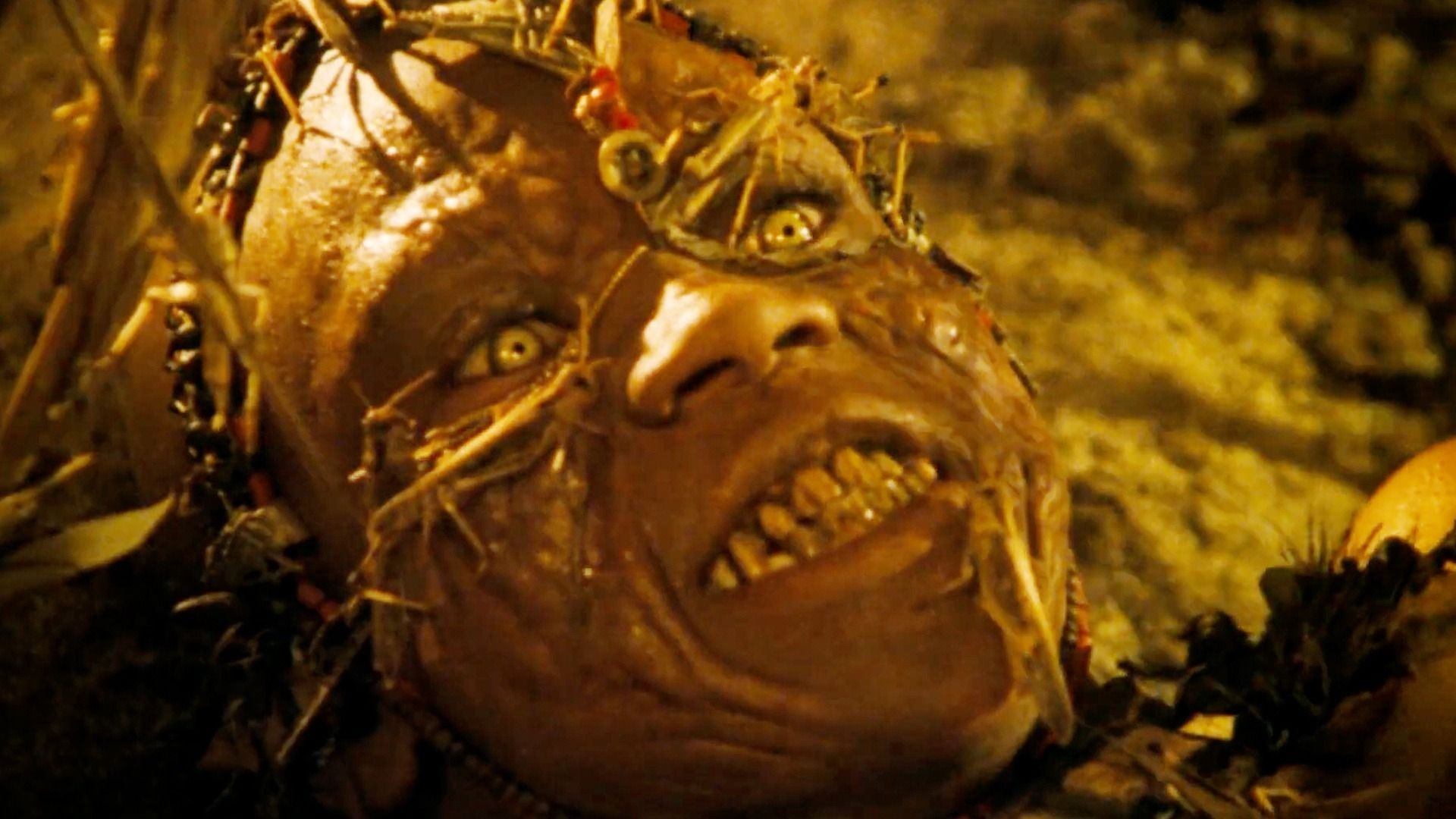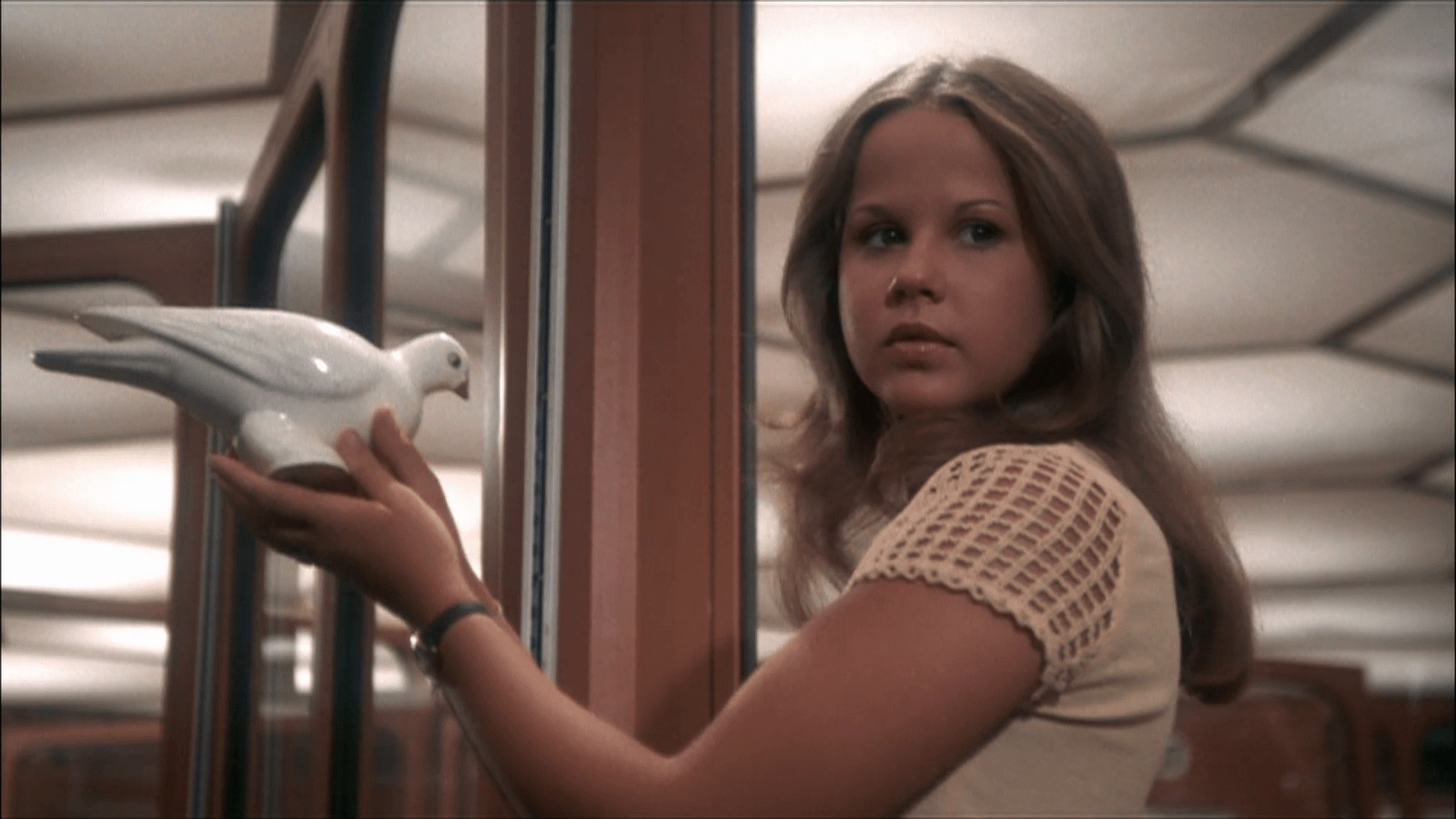When “The Exorcist” was first released, its impact on audiences became legendary, with stories of viewers fainting or vomiting out of fear. However, the reception to its sequel, “Exorcist II: The Heretic,” was fueled by an entirely different kind of shock.
According to William Friedkin, audiences reacted so negatively to the film that they supposedly chased the producers out of the theater—a claim that might warrant some skepticism.

The Reputation of “Exorcist II”
John Boorman’s “Exorcist II” has earned an infamous reputation, to say the least. It secured second place in “The Golden Turkey Awards,” a poll of the worst films ever made, losing only to Ed Wood’s “Plan 9 From Outer Space.”
This comparison is apt in some ways: both films were created by directors with ambitious visions who faced serious obstacles. While Ed Wood struggled with minimal resources and limited talent, Boorman grappled with crafting a follow-up to a box office phenomenon he found distasteful from the outset.
A Bizarre and Eccentric Sequel
There is ample material in “Exorcist II” to critique, and many find its divergence from the original jarring. The shift from William Friedkin’s realistic, documentary-like style to a surreal and visually ambitious approach is startling. Few sequels deviate as drastically in theme and tone.
The result is a puzzling, metaphysical experiment hindered by incoherent writing and an uneasy performance by Richard Burton. Viewers may leave with one burning question: “What was that all about?” Let’s dissect its peculiarities to uncover its intentions.
The Plot of “Exorcist II”
The film begins in Rio de Janeiro, where Father Philip Lamont (Richard Burton) attempts to exorcise an evil spirit possessing a healer. The ritual goes horribly wrong, ending with the healer’s fiery death.
Despite his wavering faith, Lamont is assigned another mission by the Cardinal (Paul Henreid). Church factions aim to discredit the late Father Merrin (Max von Sydow), accusing him posthumously of heresy. Lamont’s task is to investigate the circumstances of Merrin’s death during Regan MacNeil’s (Linda Blair) exorcism four years earlier.
Regan, now living in a luxurious Manhattan penthouse with her housekeeper Sharon Spencer (Kitty Winn), appears well-adjusted and claims to remember nothing of her possession. Her mother, absent due to Ellen Burstyn’s refusal to reprise her role, has arranged therapy sessions with Dr. Gene Tuskin (Louise Fletcher).
Tuskin’s belief that Regan harbors dangerous repressed memories leads her to use a device called the “Synchronizer” to explore the girl’s mind. Lamont joins the investigation, and their probing inadvertently reawakens the demon Pazuzu, unleashing chaos—and swarms of locusts.
The Synchronizer and Its Role
While “The Exorcist” depicted a clash between good and evil, its sequel delves into themes of metaphysics and the interplay of science and faith. The narrative incorporates ideas inspired by Jesuit priest Pierre Teilhard de Chardin, whose evolutionary theories envisioned humanity progressing toward a collective consciousness called the “Omega Point.” Teilhard’s controversial ideas, which blended religion and science, were suppressed by the Church.
Father Lamont references Teilhard when discussing ESP with Regan, aligning Merrin’s views with Tuskin’s experiments. The Synchronizer hints at a future where humanity achieves a unified mind, but the film warns of catastrophic consequences if this evolution occurs under satanic influence. The institute’s honeycomb design reflects the “hive mind” concept, symbolizing both potential unity and danger.
Father Merrin’s African Connection
Regan’s suppressed memories reveal Father Merrin’s earlier exorcism in Africa, where he encountered Kokumo (Joey Green), a boy combating a locust plague using a bull-roarer.
The vision shows Kokumo’s possession by Pazuzu and Merrin’s perilous attempt to save him. Later, grown-up Kokumo (James Earl Jones) appears in a vision to guide Lamont, emphasizing the demon’s fixation on healers like Kokumo, the Brazilian girl, and Regan—individuals Merrin believed represented a new stage of human evolution.
Lamont’s Journey to Africa
Defying the Cardinal’s orders, Lamont travels to Africa in search of Kokumo. After visiting the Rock Church where Merrin’s exorcism took place, Lamont has a psychic vision leading him to a mud city modeled after Mali’s Great Mosque of Djenné.

Kokumo, initially appearing as a locust, tests Lamont’s faith with a trial of walking barefoot over spikes. Passing the test, Lamont learns about the locusts’ transformation into destructive swarms and humanity’s potential to follow a similar path under satanic influence. However, science offers hope by evolving locusts resistant to this chain reaction—a metaphor for humanity’s capacity for resilience.
Regan’s Role as a Protagonist
Unlike the original, where Regan’s body served as a battleground for opposing forces, “Exorcist II” grants her greater autonomy. She emerges as a saintly figure with psychic abilities, though Linda Blair’s acting limitations are evident. Lamont, now under Pazuzu’s influence, returns with Regan to her childhood home for a climactic battle.
The demon manifests as a seductive version of Regan, attempting to corrupt Lamont. Meanwhile, a locust plague descends, and Sharon—sacrificing herself—prevents Dr. Tuskin from intervening.
The Final Confrontation
In the chaotic finale, Regan uses her newfound powers to defeat Pazuzu, saving Lamont and restoring peace. The film concludes with Lamont declaring her a healer destined to guide humanity.
Despite its ambitious themes and visually striking moments, “Exorcist II: The Heretic” remains a puzzling entry in cinematic history, often remembered more for its eccentricities than its achievements.



